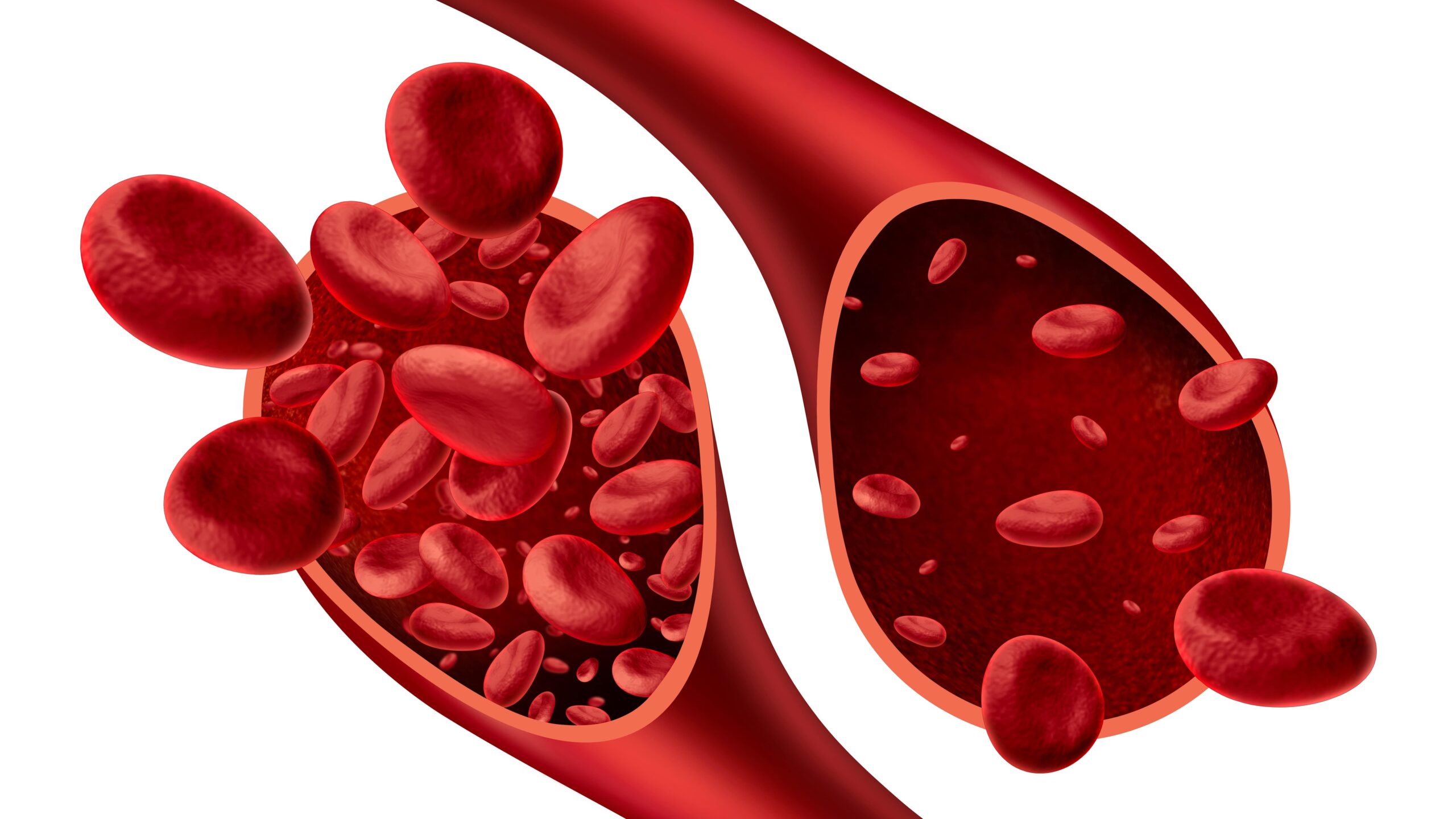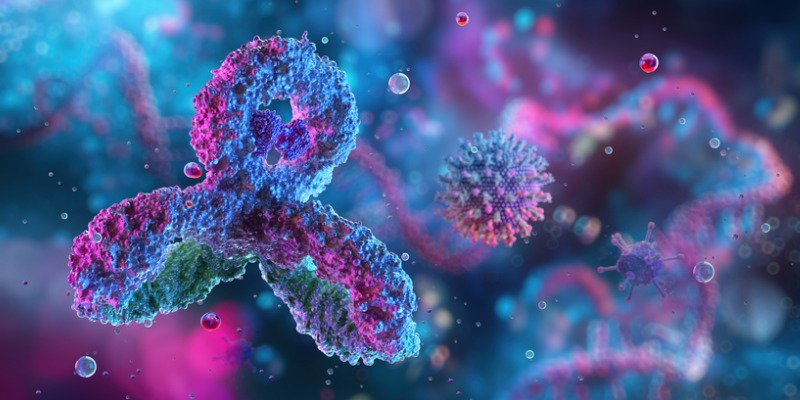
A prospective study has been conducted to address a lack of data on current cardiovascular and renal health among adolescents and young adults with Fanconi anemia who survived this condition after having undergone stem cell transplant (SCT).
The study was performed by a team of investigators from Cincinnati Children’s Hospital Medical Center, and University of Cincinnati, Cincinnati, Ohio. It was presented at the 2025 Transplantation & Cellular Therapy Meetings of the American Society for Transplantation and Cellular Therapy (ASTCT) and the Center for International Blood and Marrow Transplant Research (CIBMTR) in Honolulu, Hawai’i.
Cardiovascular and kidney biomarkers from 21 patients at a single survivorship clinic were analyzed. This cohort had a median age of 13.6 years and a median time from SCT of 5.5 years. Only one patient was receiving antihypertensives at the time of evaluation. The investigators noted that 29% of the total cohort were below the 5th percentile for height and were not included in in the age-based population data.
Ten percent of the total cohort was found to have congenital cardiac anomalies. Congenital abnormality of the kidney and urinary tract (CAKUT) was present in 33% of the cohort.
The investigators calculated that 38% of the cohort had peripheral systolic hypertension and 48% had peripheral diastolic hypertension. All patients in the study cohort had normal left ventricular (LV) ejection fraction, and none had elevated LV mass index. LV end-diastolic volume was reduced in 57% of the cohort, who had Z-scores of –2 or less. The cohort had a median Z-score of –2.3.
Nineteen patients had undergone both central systolic and pulse wave velocity evaluation. Among them 37% had hypertension and 21% had elevated pulse wave velocities, which the study authors pointed out to be a significant portion.
“This unexpected stiffness in combination with the nearly ubiquitous reduced LV end-diastolic volumes merits further study,” wrote lead author Jonathan Bender, MD, of Cincinnati Children’s Hospital Medical Center and colleagues.
Regarding prevalence of decreased kidney function, 24% of the cohort had creatinine estimated glomerular filtration rate (eGFR) of less than 90 mL/1.73 m2/min, and 57% of the cohort had cystatin C eGFR of less than 90 mL/1.73 m2/min. The authors highlighted the finding that cystatin C eGFR identified more than twice as many patients as having an abnormal eGFR as creatinine eGFR did.
“Whether CysC [cystatin C] is a more accurate GFR marker and/or is indicative of cardiovascular risks needs further study,” wrote Dr. Bender and colleagues.
Reference
Bender J, Davies SM, Myers KC, Benoit SW. Beyond survival: assessing renal and cardiovascular health in Fanconi anemia adolescents and young adults post-stem cell transplant. Abstract #67. Presented at the Transplantation & Cellular Therapy Meetings of ASTCT and CIBMTR; February 12-15, 2025; Honolulu, Hawai’i.







 © 2025 Mashup Media, LLC, a Formedics Property. All Rights Reserved.
© 2025 Mashup Media, LLC, a Formedics Property. All Rights Reserved.